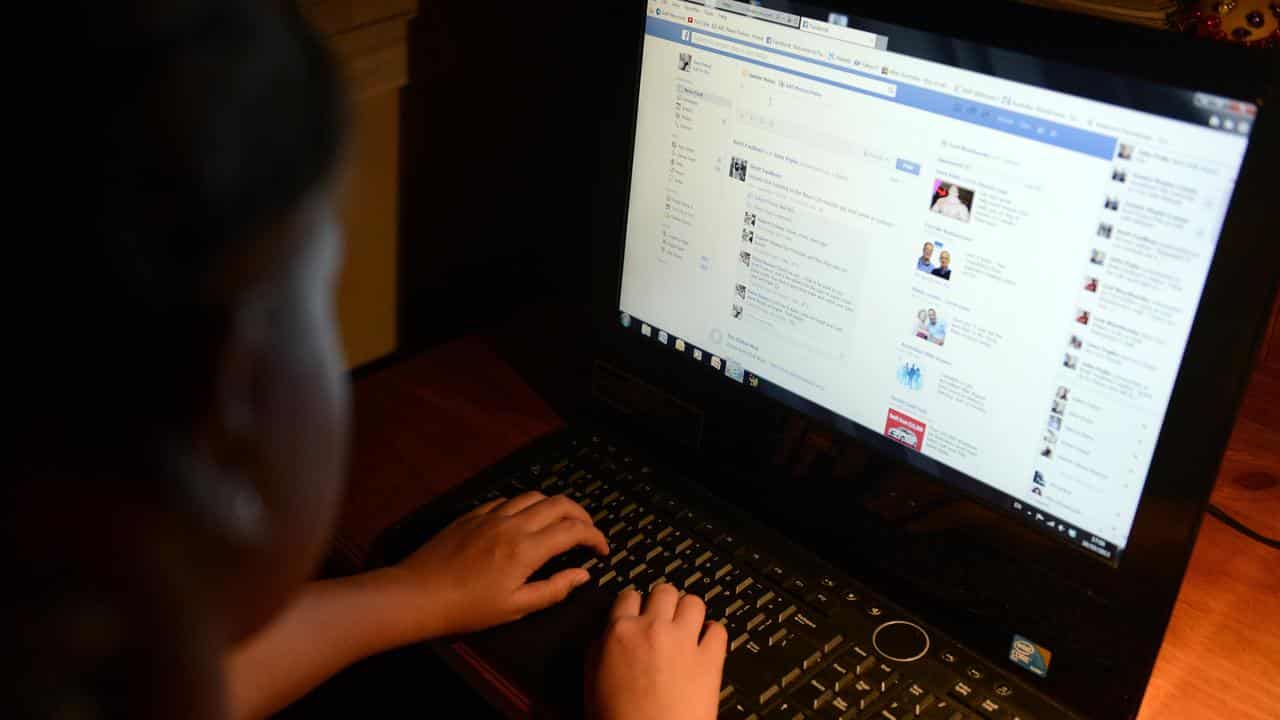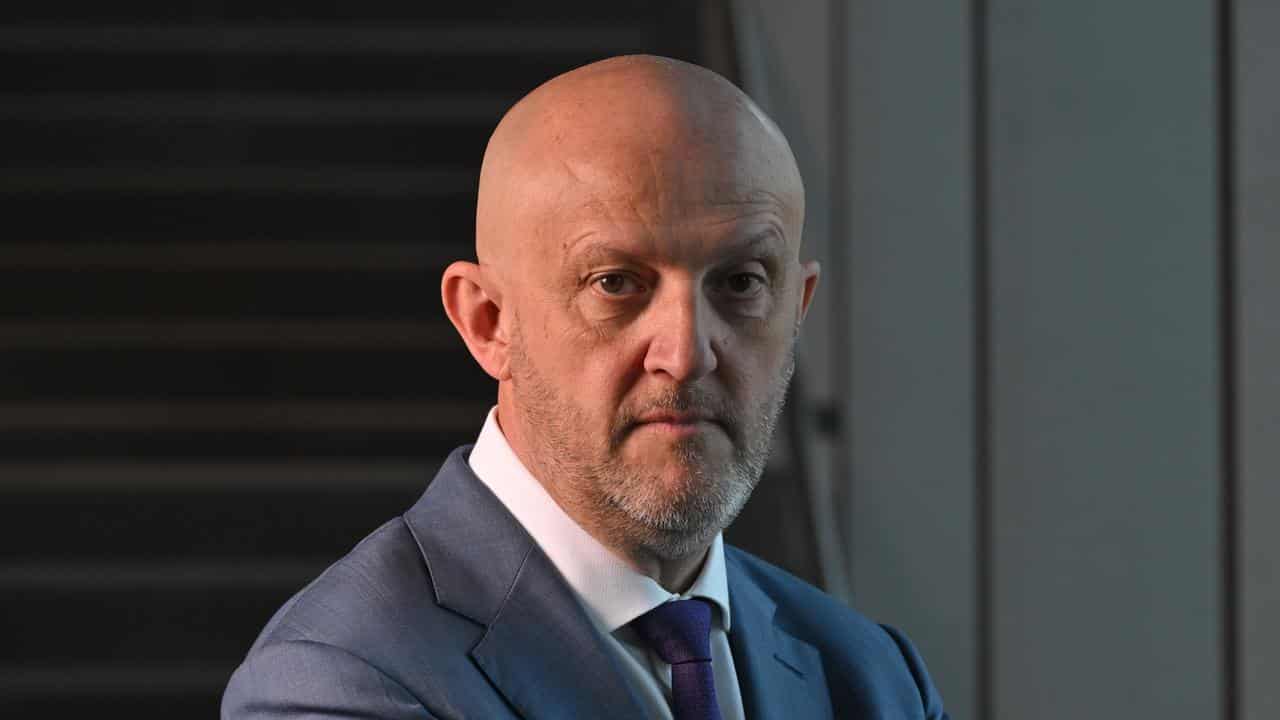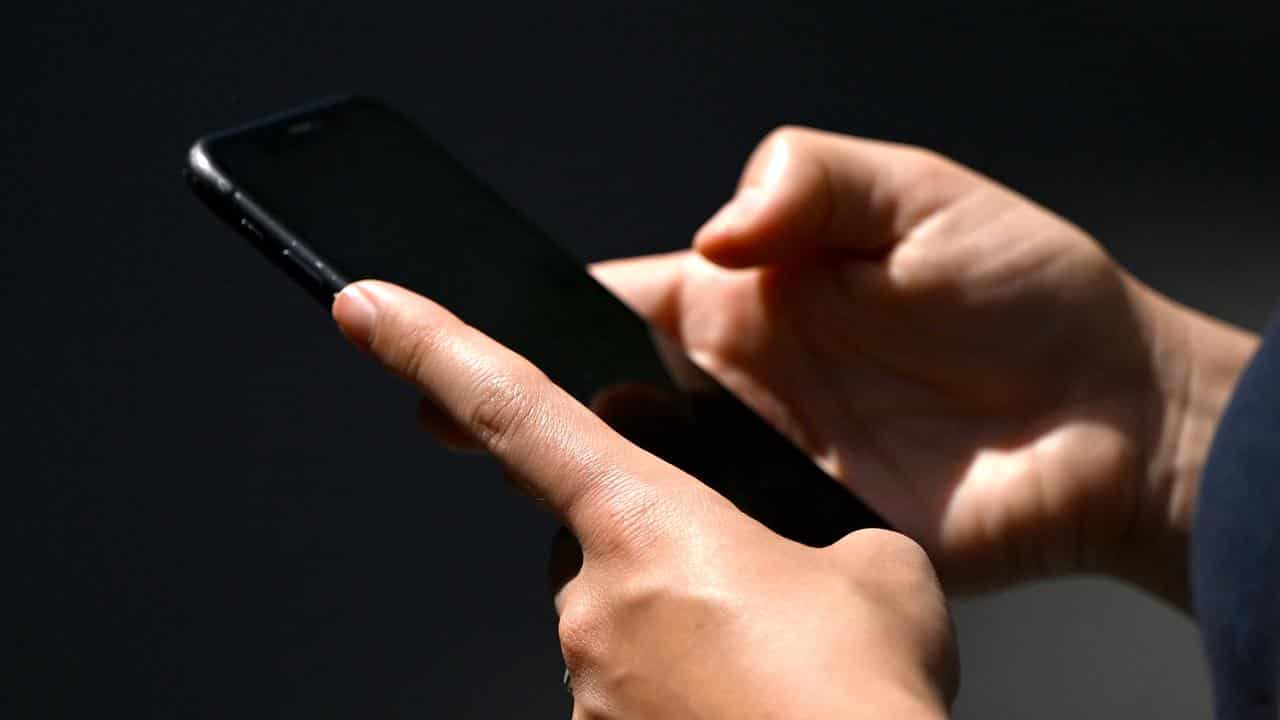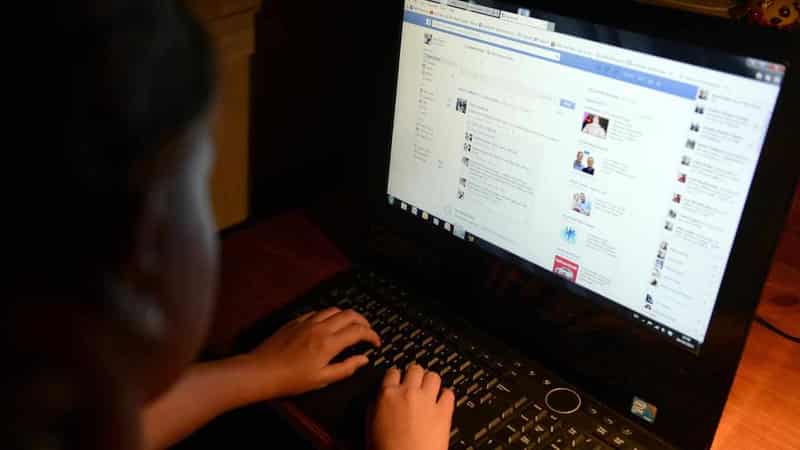
Social media is the world's most potent accelerator of extremism and adults must help protect children from online hellholes, the chief of Australia’s top security agency says.
Addressing the Social Media Summit convened by the SA and NSW governments in Adelaide on Friday, ASIO director-general Mike Burgess said social media was both a gold mine and a cesspit that creates communities and divides them.
“It makes it so attractive, and of course, why it's so difficult, including for agencies like mine,” he said.
“Based on what I see at ASIO, the internet is the world's most potent incubator of extremism, and social media is the world's most potent accelerator of that extremism.”

The federal government plans to legislate a national minimum age for social media access of between 14 and 16 years, with legislation to be introduced before the end of November.
Prime Minister Anthony Albanese has written to premiers and chief ministers seeking views on the framework.
Research shows 84 per cent of children aged eight to 12 use online services, and 75 per cent access them by the age of eight.
Amendments to the Online Safety Act banning children from social media will “place the onus on platforms, not parents or young people” to enforce the ban, Communications Minister Michelle Rowland announced at the summit.
The federal government is also considering an exemption framework to accommodate access for social media services that demonstrate a low risk of harm to children.
Mr Burgess said he was particularly concerned about the implications for young people, as the most enthusiastic participants in this digital ecosystem.
“If someone engages with extremist material, the algorithm will recommend more extremist material and potentially more extreme extremist material,” he said.
“Studies suggest users can go from mainstream content to extreme content in just a few clicks.”
The community can play a pivotal role in identifying signs that a teenager isn't just going through adolescence, but is heading towards radicalisation, which can occur with limited external indicators when it happens online.
“This is the hard part,” Mr Burgess said.

He believed no responsible adult would allow their child out after dark, aimlessly exploring alleyways or hanging out with adult strangers.
“In one generation, we have allowed our children full access to the alleyways content and people that they would not be able to access in the physical world, if you knew about it.
"The internet and social media are great for homework and hobbies, but from where I stand, our vulnerable children are at risk.”
Families, carers and communities should notice and ask questions if young people spend an inappropriate or inordinate amount of time online, or access and share inappropriate material, he said.
Children often start with moderately objectionable material, which then becomes worse and worse. Identifying it early is critical.
“Researchers talk about individuals going down a rabbit hole, but based on the violent content I've seen, it's more like a hell hole, especially when the user is the child,” Mr Burgess said.









